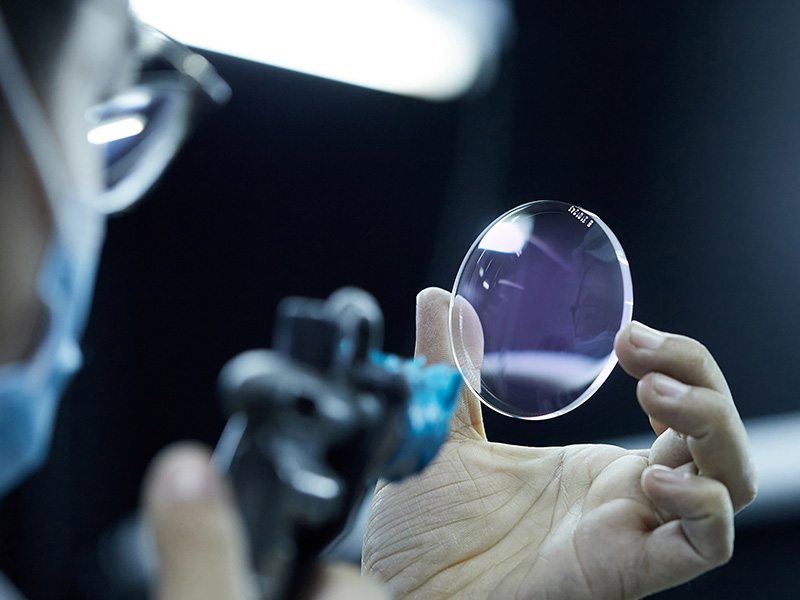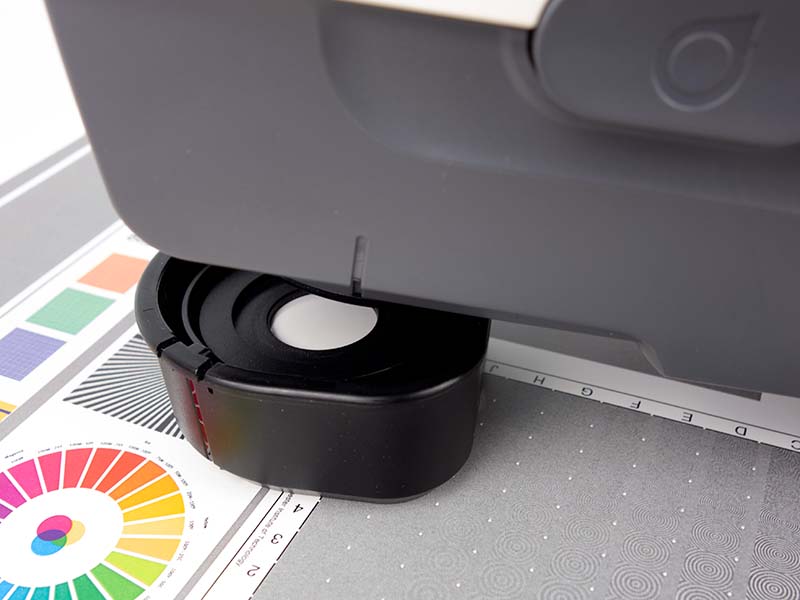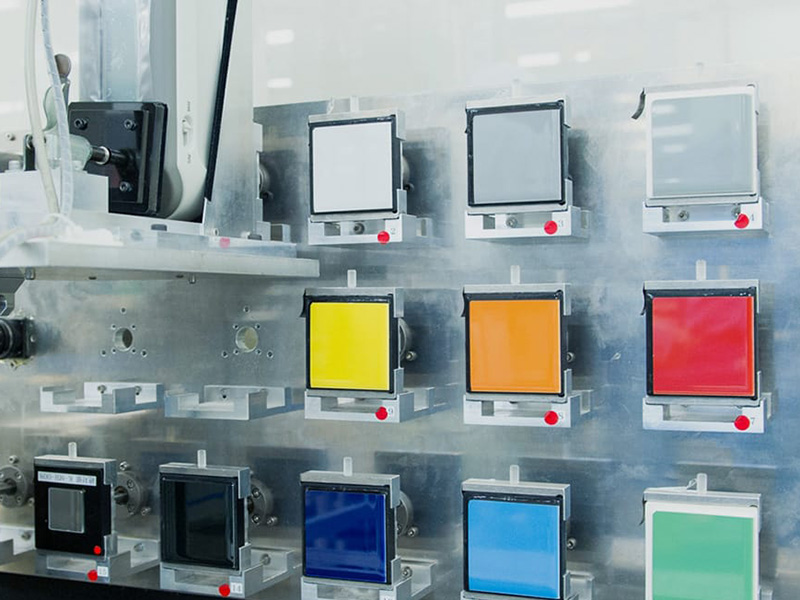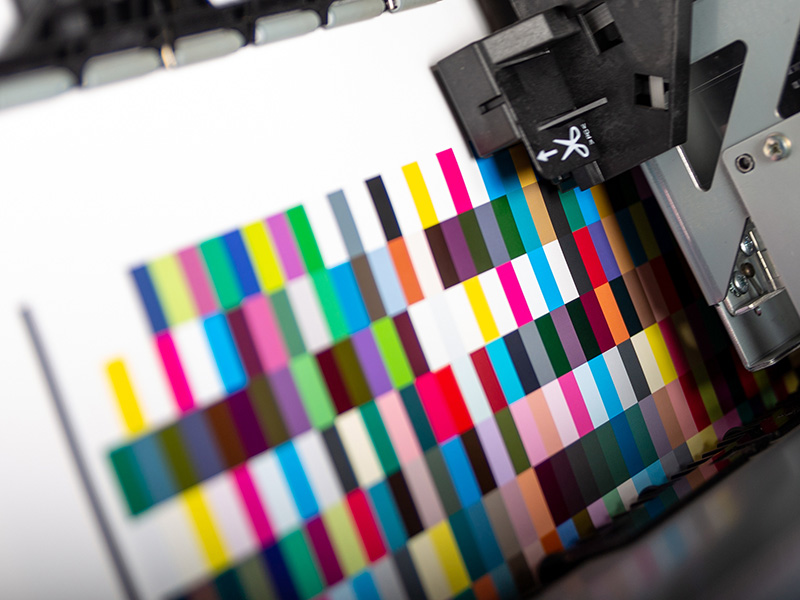Professional Monitor Calibration
In the world of prepress and photography, where visual accuracy is of utmost importance, having a properly calibrated monitor is vital. As professionals, we rely heavily on the accuracy of colors and the fidelity of images. A poorly calibrated monitor can lead to inaccurate color reproduction and subsequently impact our work quality and reputation. This article aims to shed light on the significance of monitor calibration and the benefits it brings to professionals in the field.
Monitor Color Accuracy
Color accuracy plays a critical role in the work of prepress professionals and photographers. The ability to reproduce colors faithfully and consistently is essential for achieving desired results. However, if your monitor is not calibrated, you may find it challenging to achieve accurate color representation.
When a monitor is not calibrated, its color settings can deviate from the industry standards, resulting in inaccurate color rendering. This can have severe consequences, especially in industries where color accuracy is imperative for success. Printed materials, such as magazines and catalogs, heavily rely on accurate color reproduction to maintain brand integrity and meet client expectations. For photographers, accurate color representation is crucial when editing and retouching images, as it allows for precise color grading and faithful image reproduction.
Monitor Color Calibration
Monitor calibration is the process of adjusting your monitor's settings to achieve accurate color representation and optimal image quality. By calibrating your monitor, you can align its color settings with industry standards, ensuring consistent and accurate color reproduction.
There are several tools and techniques available for monitor calibration, ranging from basic software calibration to professional hardware calibrators. Software calibration involves adjusting the monitor's settings manually, whereas hardware calibrators use sensors to measure and adjust color profiles automatically. While software calibration can provide satisfactory results, professional hardware calibrators offer more precise and reliable calibration.
Calibrating your monitor regularly is crucial, as the display's color performance can change over time. Factors such as aging, dust accumulation, and fluctuating environmental conditions can impact color accuracy. By developing a routine to calibrate your monitor, you can maintain accurate color representation and ensure consistent results in your professional work.
Benefits of Monitor Calibration
Now that we understand the importance of monitor calibration, let's explore some of the benefits it brings to professionals working in prepress and photography:
1. Accurate Color Reproduction
Monitor calibration ensures that the colors displayed on your screen are faithful to the original image. This allows for precise color adjustments and corrections, enabling professionals to achieve accurate color reproduction in their work.
2. Consistency Across Devices
Calibrating your monitor helps to ensure consistency in color representation across different devices. It minimizes the chances of color variations when viewing your work on other screens or when printing it. This is particularly important in the prepress industry, where maintaining color consistency in various printing processes is vital.
3. Improved Efficiency and Productivity
When your monitor is properly calibrated, you can make accurate color judgments while working. This reduces the need for repeated adjustments and corrections, saving valuable time and increasing overall efficiency. Professionals can focus more on their creative process, knowing that the colors they see on the screen are reliable and consistent.
4. Enhanced Client Satisfaction
In professions like prepress and photography, client satisfaction is paramount. By delivering work with accurate color reproduction, professionals can meet and exceed client expectations. Calibrating your monitor ensures that the colors you present to clients reflect their brand identity and maintain consistency throughout their projects, leading to happier clients and better business relationships.
5. Professional Reputation and Trust
Having a calibrated monitor adds credibility to your work and demonstrates professionalism. Clients and colleagues will see you as someone who takes color accuracy seriously and understands its importance in visual mediums. Building a reputation for accurate and consistent color reproduction can open doors to new opportunities, collaborations, and ultimately contribute to your professional success in the long run.
6. Cost Savings
By investing in monitor calibration and maintaining accurate color representation, professionals can avoid costly mistakes and reprints. When colors are reproduced accurately from the start, there is no need for expensive color corrections or time-consuming reprints. This helps in reducing production costs and increasing profitability.
Conclusion
For professionals working in prepress and photography, monitor calibration is not just an option but a necessity. The benefits of accurate color reproduction, consistency across devices, improved efficiency, client satisfaction, enhanced professional reputation, and cost savings cannot be overstated. By calibrating your monitor regularly, you can ensure that your work reflects your true creative vision and meets the highest industry standards.
Investing in a professional-grade monitor calibration tool or seeking calibration services can have a significant positive impact on your work quality and professional success. Embrace the power of calibration and unlock the true potential of your visual creations!





